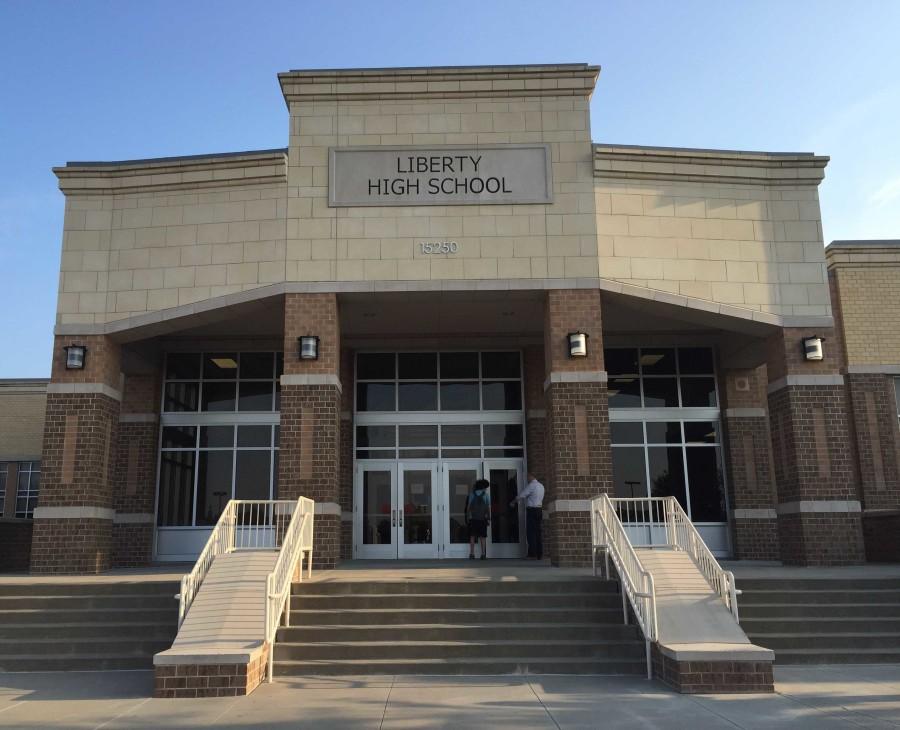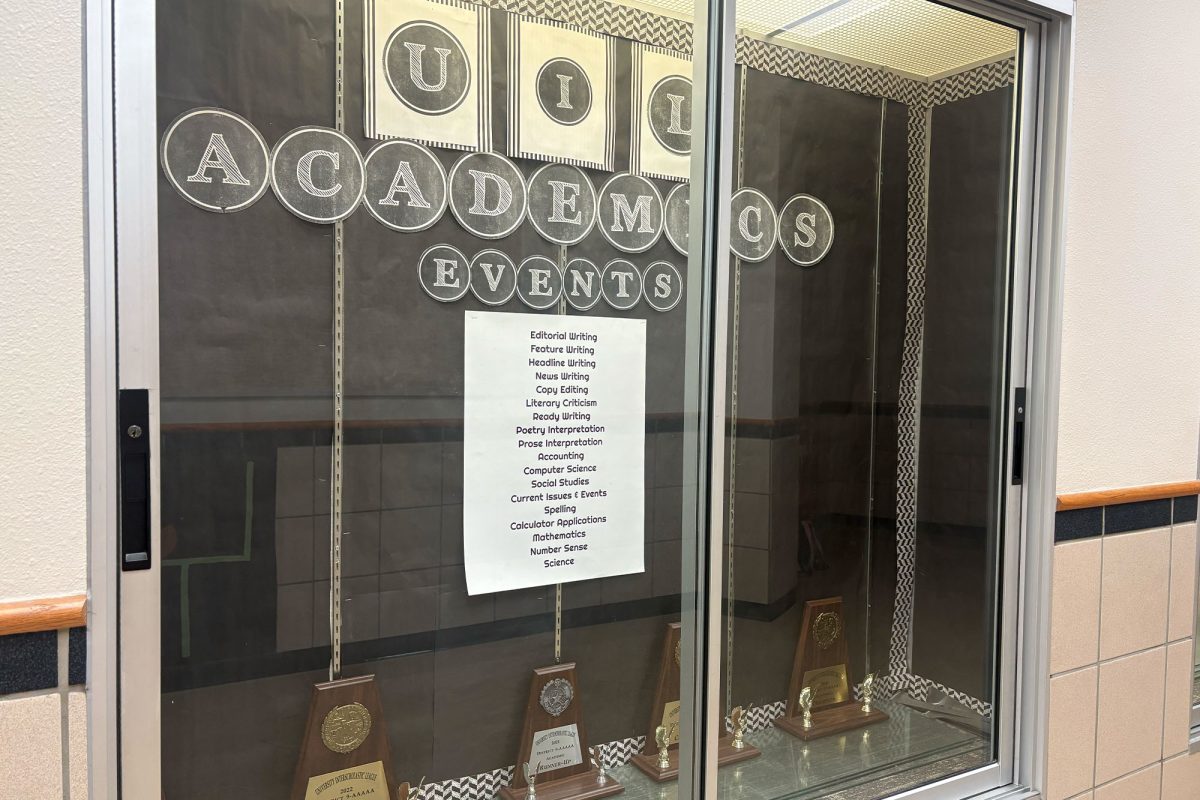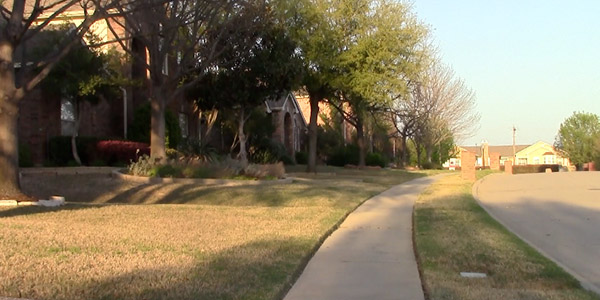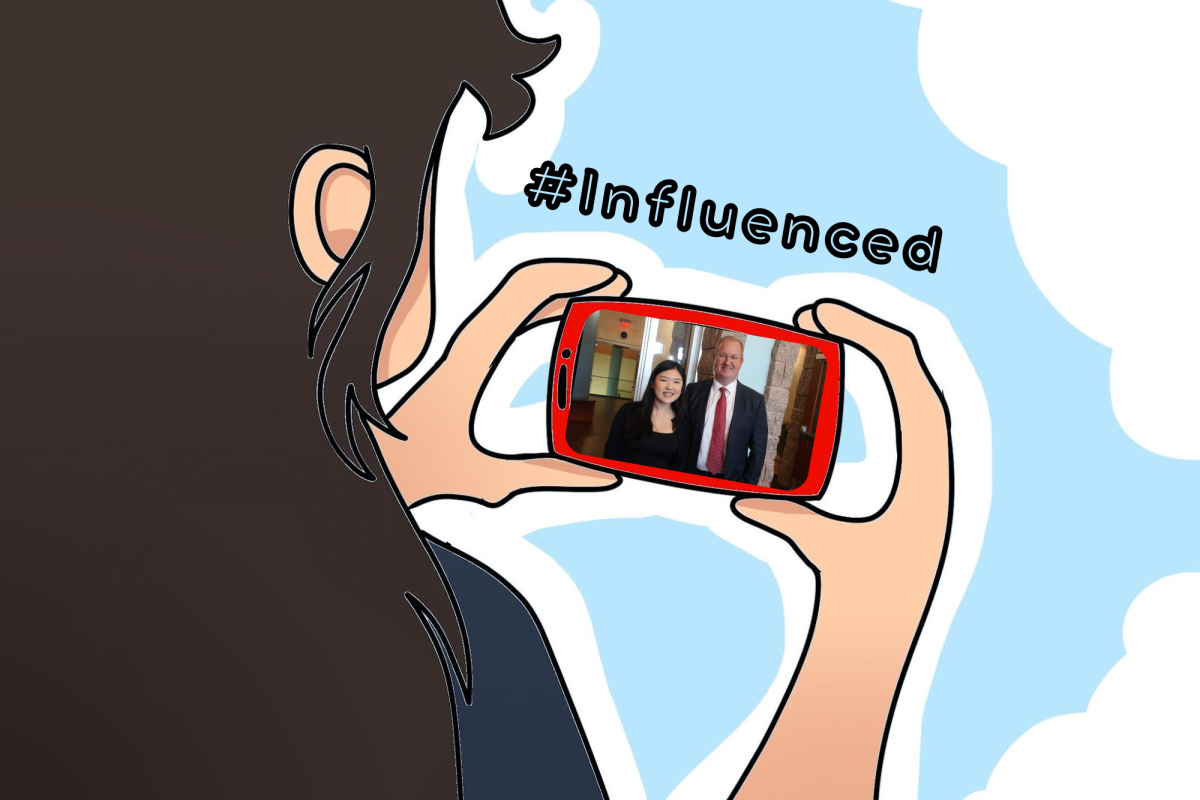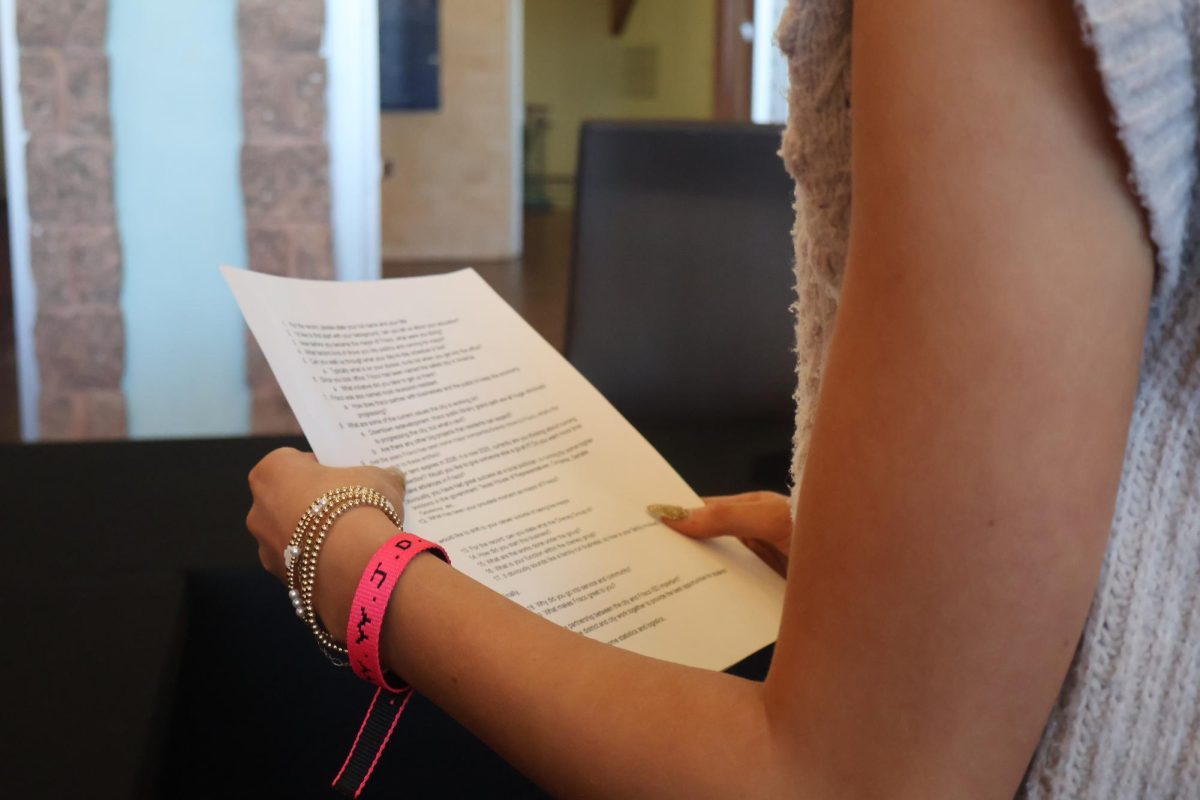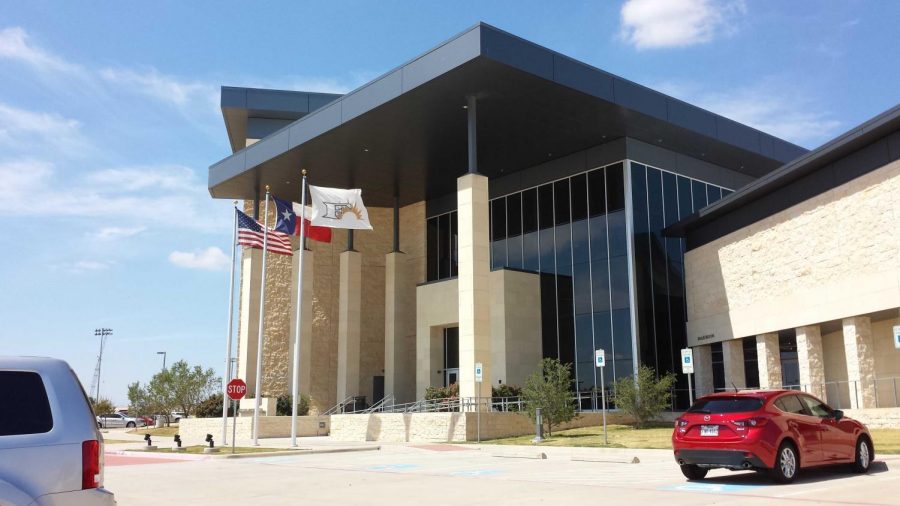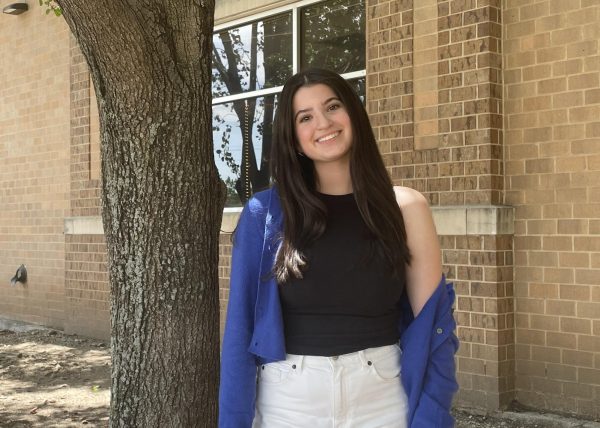Keeping up with school safety in the new semester, campus administration conducted a lockdown drill during advisory on Monday.
“This isn’t a new lockdown drill, we just did it with a different scenario, when the hallways were filled with students,” assistant principal Jason Harris said. “Most of your active school shootings happen when there’s a lot of students out in the hallways. District safety and security wanted all schools to do one of these types of drills this semester during advisory lunch or during transition.”
Lockdown drills are just one part of the safety protocols on campus to prepare both teachers and students for unsafe situations.
“We have active shooter training once every other year, and our school resource officers go over that with them,” Harris said. “At the beginning of the year, we go over what our safety procedures are and what that looks like for lockdown drills, so they get training there. And then also, of course, we got it posted in the classroom about what steps to take during lockdown drills.”
For many teachers, the drill was helpful in getting a look at what protocol outside of instructional time would look like.
“It’s mostly different because of when it took place during advisory,” teacher Scott Li said. “Overall practicing all drills, not just the lockdown drill, is extremely important because when the actual thing happens you want to know that there’s a procedure. If you don’t know what to do it could be a disaster.”
For junior Kathryn Murphy, the drill was well organized and prepared her for unexpected events on campus.
“I think it went well and was good for us to have this year,” Murphy said. “I think it was good to have a drill during advisory because we haven’t prepared for that or done it before, plus it was important because it was more unexpected and a realistic situation.”
Harris believes that the drill both taught students protocol and sparked important discussions about school safety.
“I think the most important thing you get out of this is that the teachers took the time yesterday to go over with students, what it looks like, right, and explain to you,” Harris said. “And then it leads to conversations, like I’ve had teachers come to my office and they say, Hey, this happened yesterday. What do you think? So that’s the most valuable thing, just kind of ongoing discussion and questions on, you know, what should we really do during a situation like this?”



